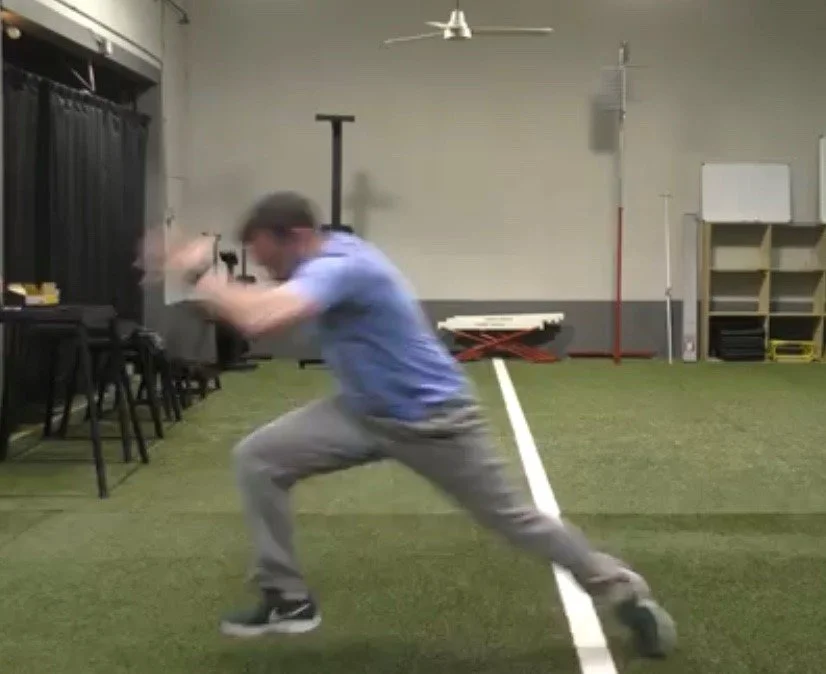How to be Faster from Base to Base
Within the game of youth baseball there are a lot of ways to set yourself apart. Some players are able to make an impression because of their ability to pick up on fielding skills, or accuracy at the plate. For others, they show early promise through their decision making skills. No matter the age or experience, many athletes can set themselves apart with proper movement and speed training. Many young athletes struggle to coordinate their movements and ultimately place themselves in inefficient limiting positions. By incorporating speed and agility training, athletes are able to learn proper movement patterns and improve movement quality in order to be safer, more efficient, more powerful, and ultimately faster.
One of the greatest expressions of this linear speed (excluding adjustment to play in competition) is the ability to sprint from base to base. This can be a sprint from one base to another after the hit or at higher level the ability to steal bases. One of the biggest advantages an athlete can create is within the first step of the movement. The first step sets up the rest of the acceleration as it pertains to posture, body position, foot contact and angle of trajectory off the ground.
In this article I will discuss two of the starting strategies and how/ why we would use each of them.
When it comes to sprinting from a lateral starting position there are two common strategies that are taught, the directional step and the crossover step. Now, these are not the only two positions that can be used. However, this is where we begin before we start to specialize in strategies for particular athletes.
*Disclaimer*
Prior to introducing either step our athletes have had extensive instruction on body position and posture throughout the acceleration. This helps as they understand where they need to be after the initial step.
Directional Step
The first step we teach is the Directional Step.
We begin with this step first because it allows us to go from a basic position, Athletic Stance, with little weight shift and a very clean force application. The initial movement is a lateral “push” off the back foot. This is a movement that is very common for baseball athletes as they will use this any time they throw the ball. Due to this we can draw context to the step as we introduce it.
This step also requires little weight shift prior to the movement and allows them to keep their hips square until the moment of rotation when they prepare for foot contact.
Following the step, as mentioned above, our athletes are prepared for the acceleration as they have all been through the acceleration drills and recognize where they need to be set up in order to perform an optimal acceleration.
Next, Cross Over Step.
Cross Over Step
As we introduce the Cross Over Step we take a minute to explain to our athletes that we use each of these movements as a tool within sports. Neither tool is better than the other. These are simply tools in our toolbox of movements that we have at our disposal. The athlete has the ability to choose which is best for them based on their comfort with the movement and situation in competition.
The Cross Over Step is a great tool to create lateral propulsion into a linear sprint. We implement this technique after the Directional Step because it requires us to shift our weight prior to the initial movement. This technique also requires stronger hips and adductors as we will need to create force across our mid-line in the initial step.
The advantage to this movement is our ability to stay square to the play longer, prior to rotating into the acceleration as well as the ability to get the center of gravity in front of the stance leg in the sprint early.
Basically, when done properly, we can go faster earlier.
By implementing these movements, based on the instruction in the videos above, you can reduce the amount of time it takes to get into the acceleration while increasing the ability to achieve max speed earlier.
If you haven’t already, check out the videos above and begin to implement them in your own speed and agility training program.
If you have any questions, please feel free to reach out!


